The silent slither of a snake across the forest floor or desert sand is one of nature’s most remarkable feats of stealth. Unlike many animals whose movements create telltale sounds that alert prey or predators, snakes have mastered the art of noiseless locomotion. This extraordinary ability isn’t merely a coincidence but rather the result of millions of years of evolutionary adaptations that have perfected their hunting strategies and survival mechanisms. The silent movement of snakes represents a fascinating intersection of biology, physics, and ecological adaptation that has helped these reptiles become some of Earth’s most successful predators. In this article, we’ll explore the various factors that contribute to snakes’ silent movement and why this adaptation is so crucial to their survival in diverse habitats around the world.
The Evolutionary Advantage of Silence
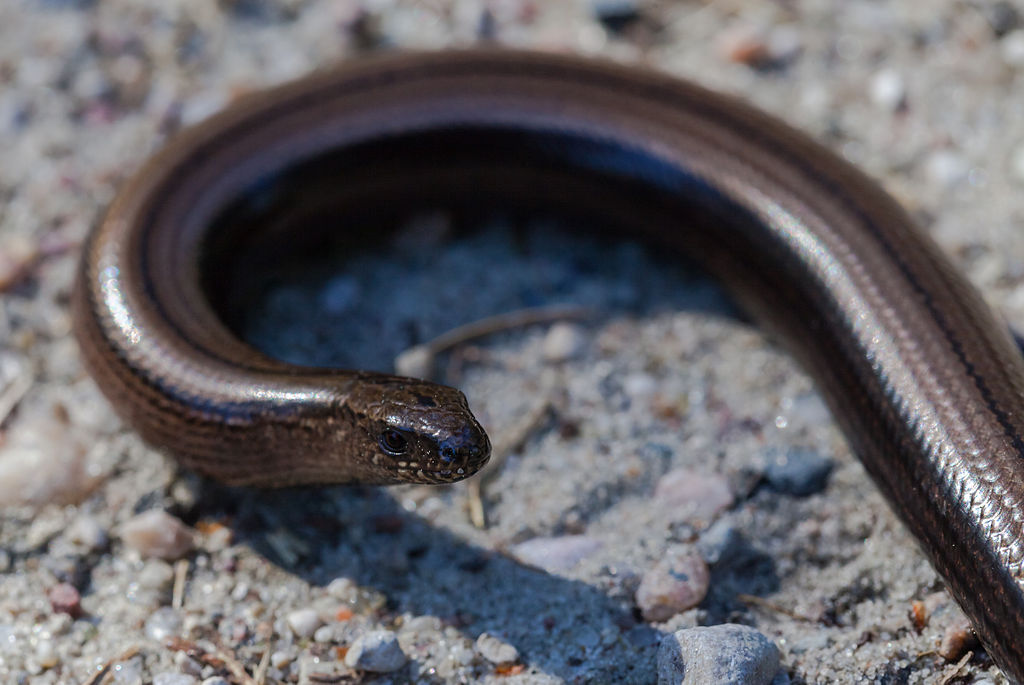
Snakes evolved over 100 million years ago, developing silent movement as a critical survival adaptation. This soundless locomotion gives snakes a significant advantage when hunting prey that relies heavily on auditory cues to detect predators. Many small mammals, birds, and other potential prey have highly developed hearing that can detect the slightest rustle of leaves or scratch of claws against surfaces. By moving silently, snakes can approach unsuspecting prey close enough to strike without triggering escape responses. Additionally, silent movement helps snakes avoid detection by their own predators, including birds of prey and larger mammals. The evolutionary pressure to hunt effectively while avoiding becoming prey themselves has refined snakes’ movement patterns over millennia, making them masters of stealth in various environments.
The Unique Legless Locomotion
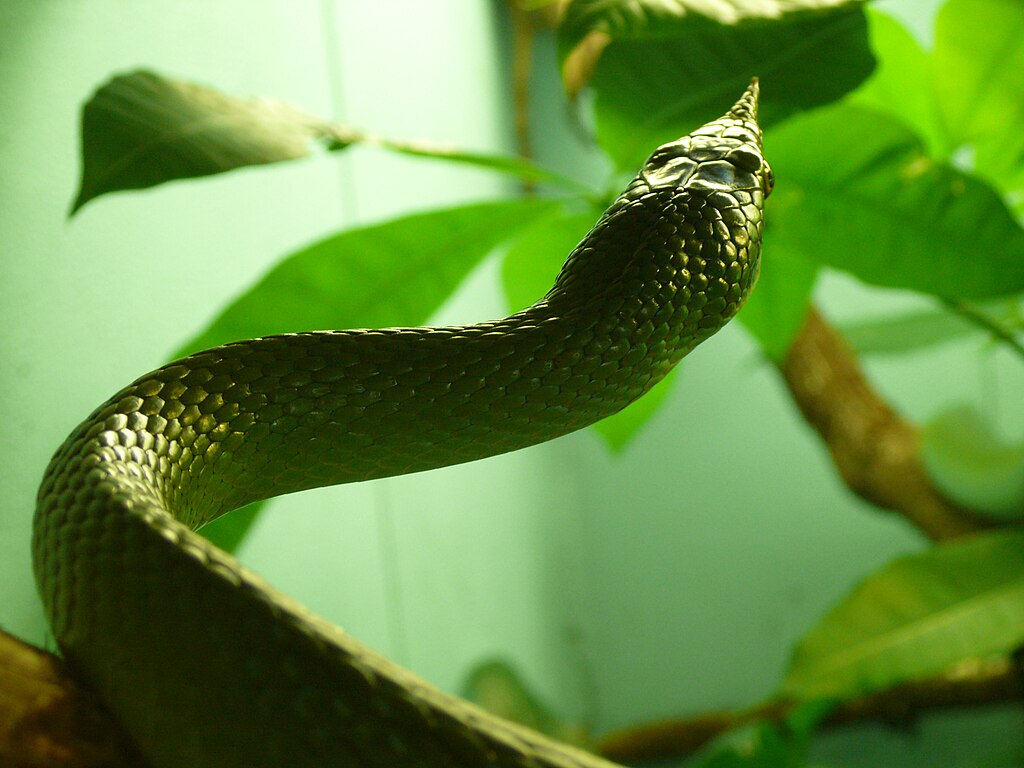
The most obvious factor contributing to snakes’ silent movement is their legless body structure. While limbed animals typically create noise through foot or paw impacts on surfaces, snakes distribute their weight across the length of their bodies. This weight distribution eliminates the concentrated impact sounds that feet or paws make when striking the ground. Instead of discrete steps, snakes employ a continuous, flowing motion that minimizes pressure at any single point. Their elongated bodies maintain constant contact with the ground, allowing them to progress forward without the up-and-down motion characteristic of limbed locomotion. This continuous contact eliminates the sound of repeated impacts and creates a remarkably efficient system for noiseless travel across various terrains.
Specialized Scales for Smooth Movement
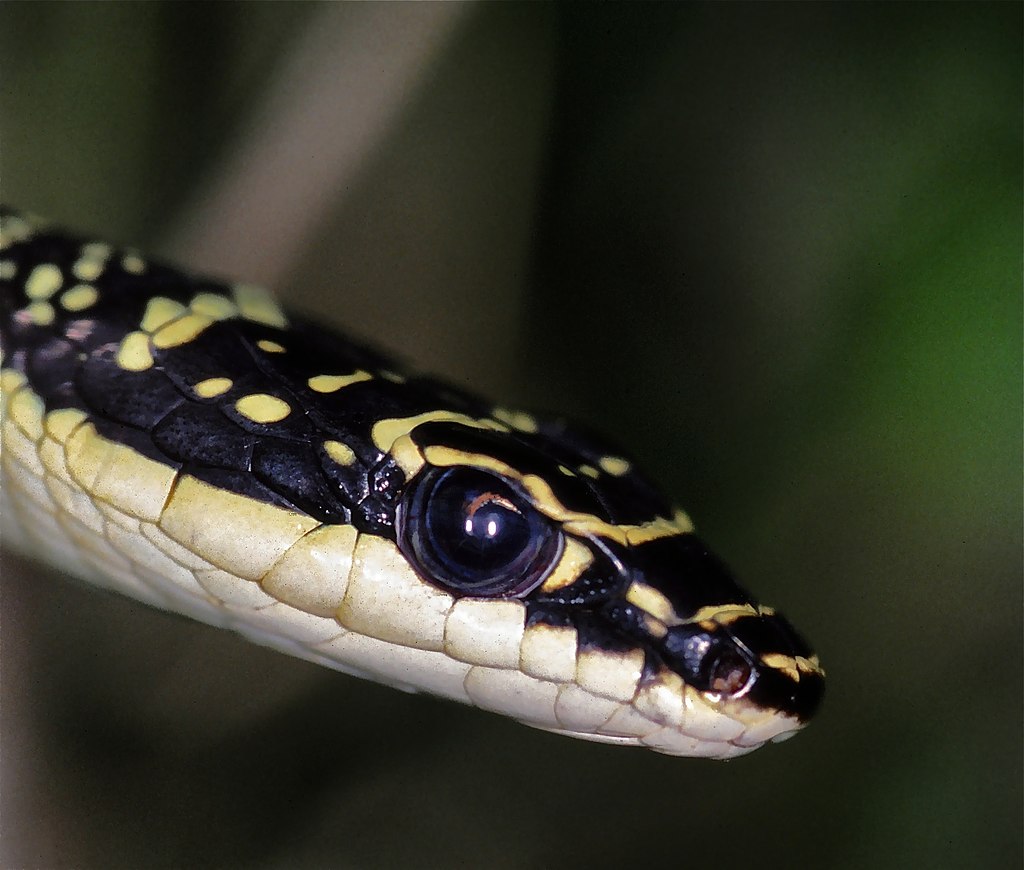
A snake’s scales are perfectly designed for silent locomotion, featuring multiple adaptations that minimize friction noise. The ventral scales (those on the underside of the snake) are typically larger and oriented transversely, creating a series of overlapping plates that can grip surfaces without scraping or scratching. These scales have microscopic textures that optimize contact with various surfaces while minimizing the sounds of friction. Additionally, snake scales are covered with a thin layer of lipids that act as a natural lubricant, further reducing friction sounds as they glide across surfaces. The arrangement of scales allows for independent movement of different body segments, enabling snakes to navigate complex environments without creating noise even when moving across potentially sound-producing materials like dry leaves or loose gravel.
The Science of Serpentine Movement
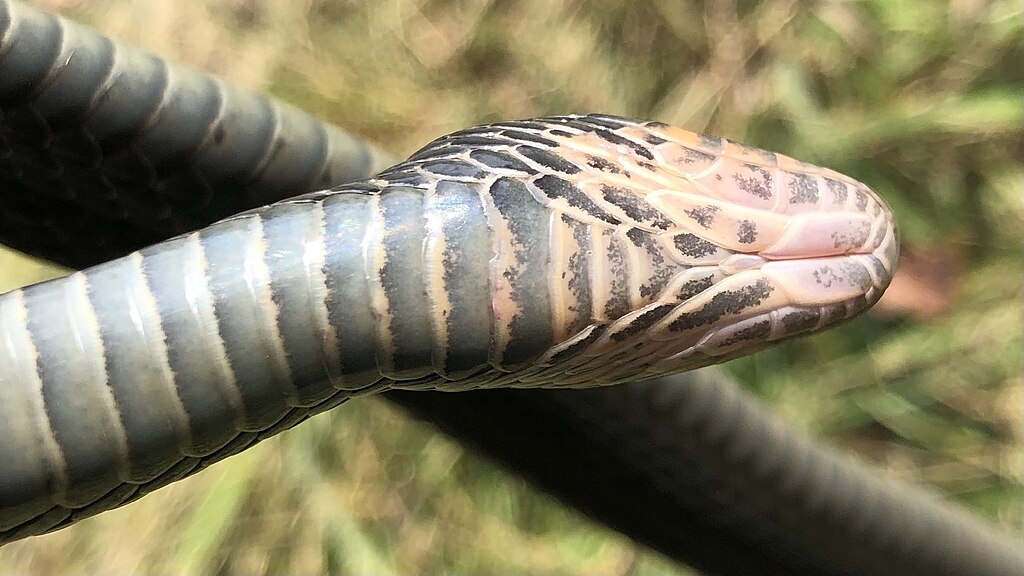
The serpentine movement pattern—the S-shaped lateral undulation that is most common among snakes—is inherently quiet due to its physics. This locomotion style distributes force efficiently across the snake’s body rather than concentrating it at specific points. When a snake moves in this manner, it pushes against surface irregularities, propelling itself forward through a series of muscular contractions that travel down its body. Each point of contact provides only a small fraction of the propulsive force, meaning minimal pressure is applied at any single location. This distributed force application prevents the sharp impacts or pressure changes that typically generate sound. The wave-like motion also means that parts of the snake’s body are moving in different directions simultaneously, effectively canceling out potential sound vibrations and resulting in nearly silent progress.
Muscle Control and Movement Precision
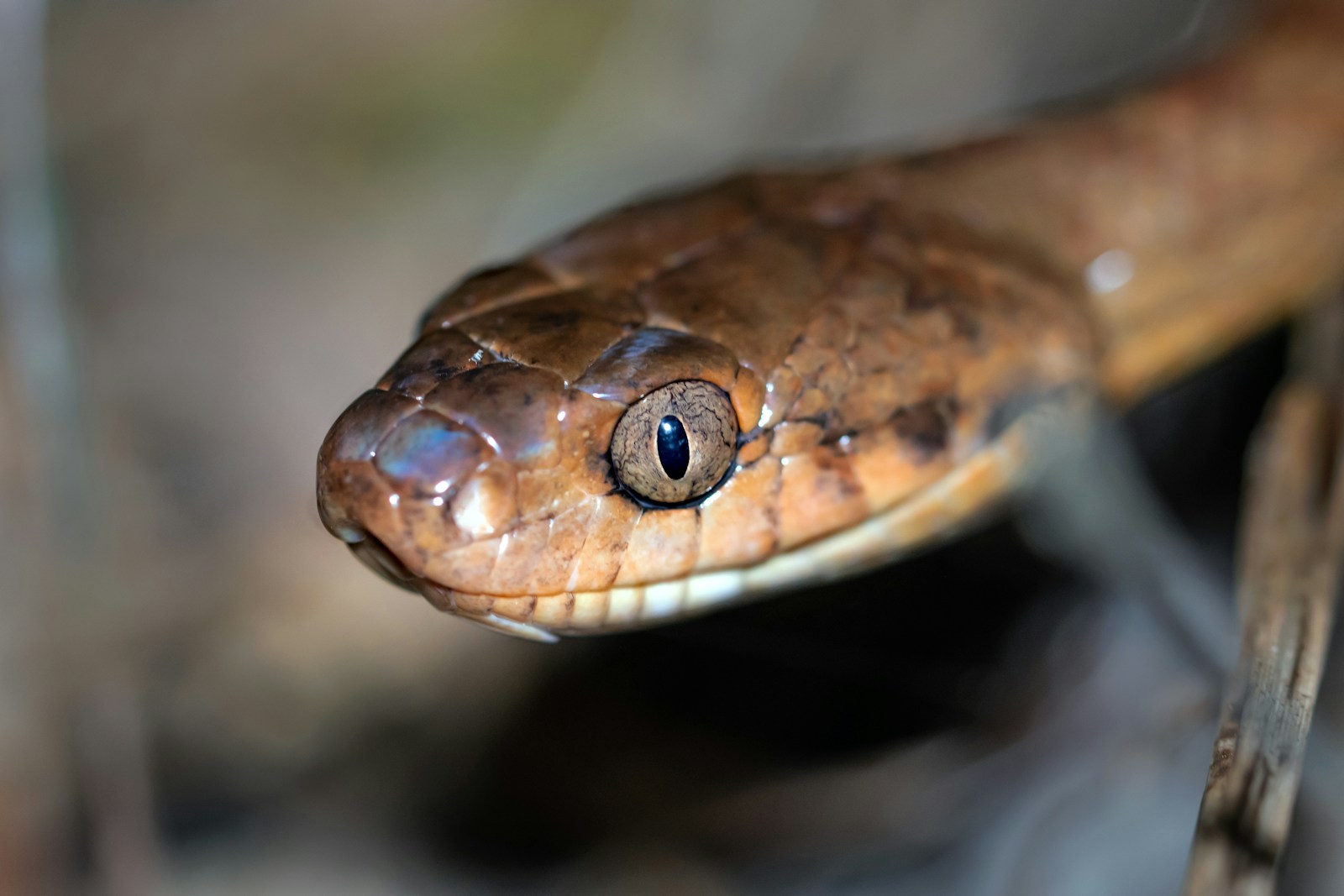
Snakes possess extraordinarily sophisticated muscle control that contributes significantly to their silent movement. Their bodies contain hundreds of pairs of muscles, allowing for incredibly precise and controlled locomotion. Unlike mammals with relatively few large muscle groups controlling limb movement, snakes can activate discrete segments of their musculature independently. This fine control enables them to adjust the pressure and angle of their bodies against surfaces with remarkable precision, avoiding sudden movements that might create noise. Additionally, snakes can maintain constant tension in their muscles during movement, preventing the abrupt contractions and relaxations that often generate sounds in other animals. This exquisite muscle control allows snakes to navigate even noisy substrates like dried leaves without producing the typical rustling sounds that would alert potential prey.
Adaptations to Different Terrains

Different snake species have evolved specialized movement techniques to remain silent across various terrains. Desert-dwelling species like sidewinders have developed a unique form of locomotion that minimizes contact with hot sand while maintaining silence by reducing friction. Forest snakes that navigate leaf litter have particularly smooth ventral scales that slide over debris without disturbing it enough to create noise. Arboreal (tree-dwelling) snakes have evolved to distribute their weight along branches in ways that prevent the creaking or shifting sounds that might alert prey in the canopy. Aquatic snakes move through water with undulating motions that create minimal splash or disturbance. Each of these specialized movement patterns demonstrates how snakes have adapted their silent locomotion strategies to specific environmental challenges, maintaining their stealth advantage across diverse habitats.
The Role of Slow and Deliberate Movement
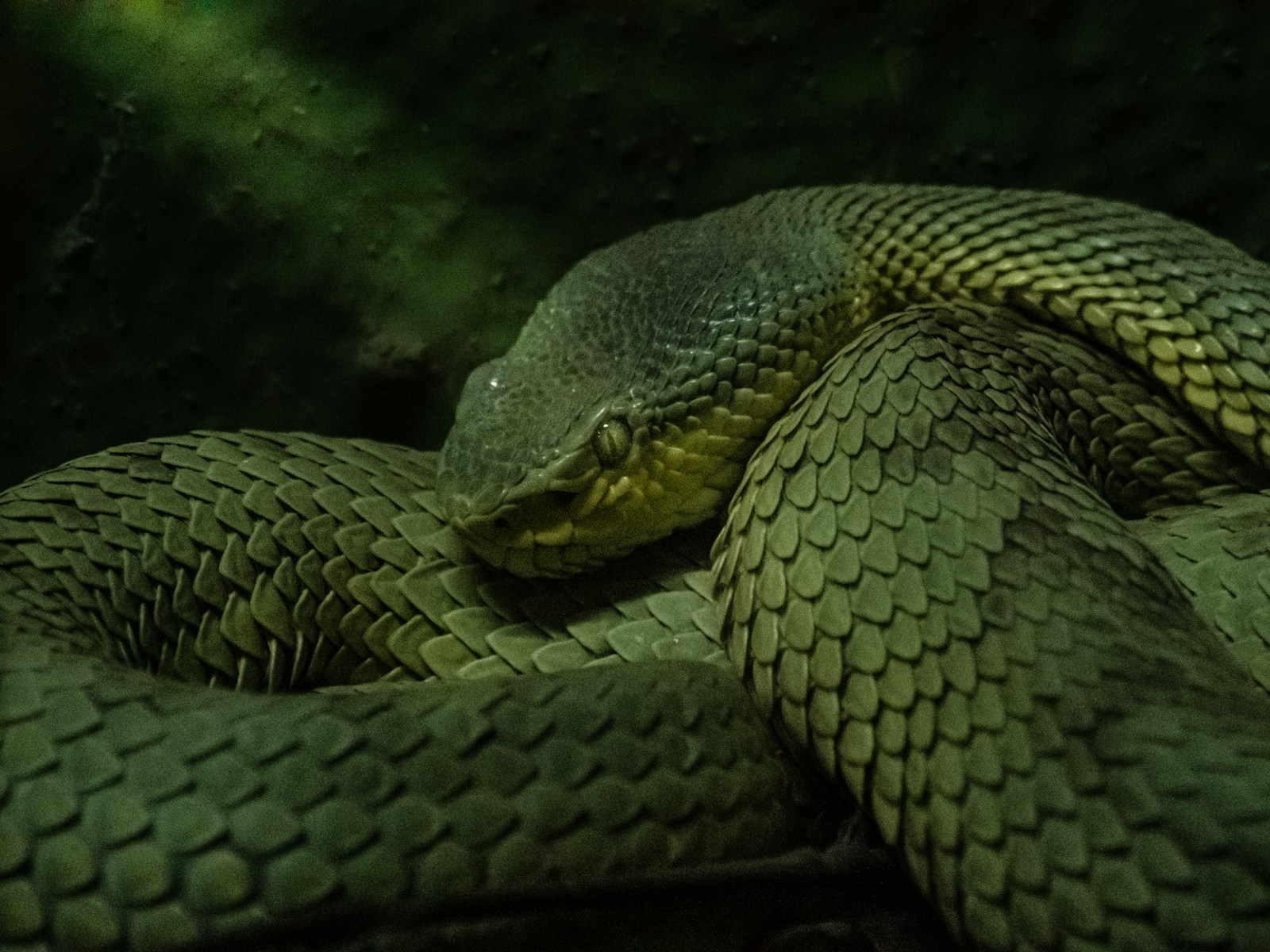
The pace at which snakes typically move contributes significantly to their silence. Most snakes, particularly when hunting, adopt a methodical and deliberate approach to locomotion that minimizes the chance of creating sudden noises. This slow movement allows them to continuously adjust their body position in response to the terrain, avoiding potential sound-producing obstacles or unstable surfaces. The measured pace enables snakes to test the stability of a surface before committing their weight to it, preventing unexpected shifts or collapses that might generate noise. Additionally, slow movement reduces the energy and force applied to the ground, further decreasing the likelihood of creating sound vibrations. When necessary, many snake species can move quickly, but this typically occurs during escape rather than hunting scenarios where stealth is prioritized.
Silent Hunters: Ambush Predators
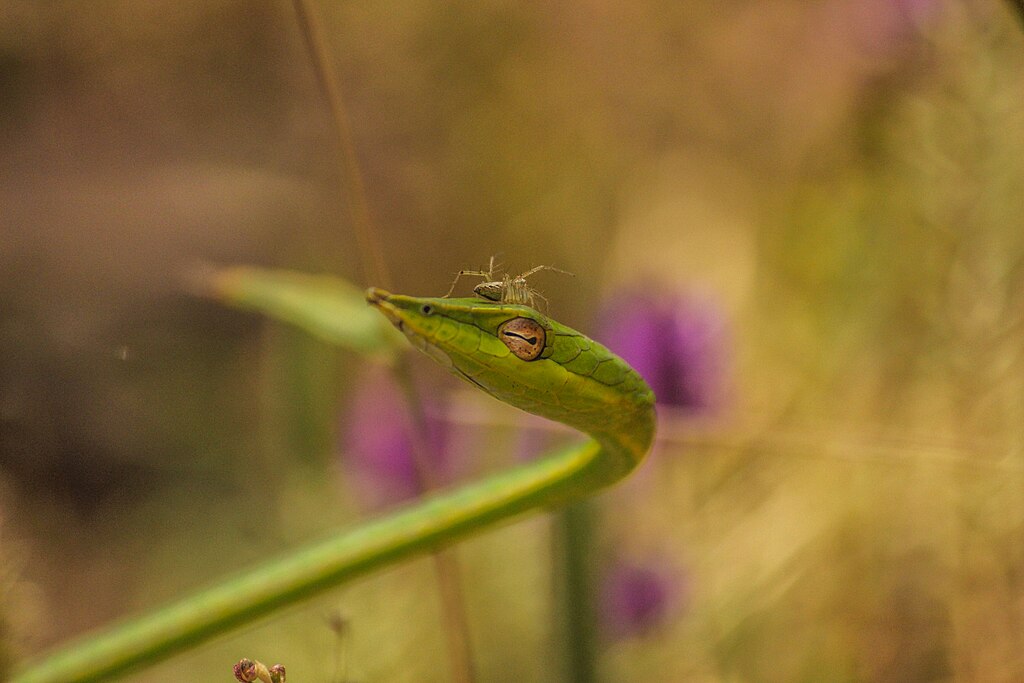
Many snake species have evolved as ambush predators, a hunting strategy that perfectly complements their silent movement capabilities. Rather than actively pursuing prey over long distances, these snakes position themselves strategically and wait for prey to come within striking range. Vipers, pythons, and many colubrids exemplify this approach, remaining motionless for hours or even days before making their move. When they do reposition themselves, they do so with extraordinary stealth. This ambush strategy minimizes the distance a snake needs to travel while hunting, reducing opportunities for sound-producing movements. The combination of silent movement and incredible patience makes ambush predator snakes particularly effective hunters. Their ability to approach final striking positions without detection gives them a critical advantage in securing meals that might otherwise detect and escape from more active predators.
Sensory Compensation: Relying on Other Senses
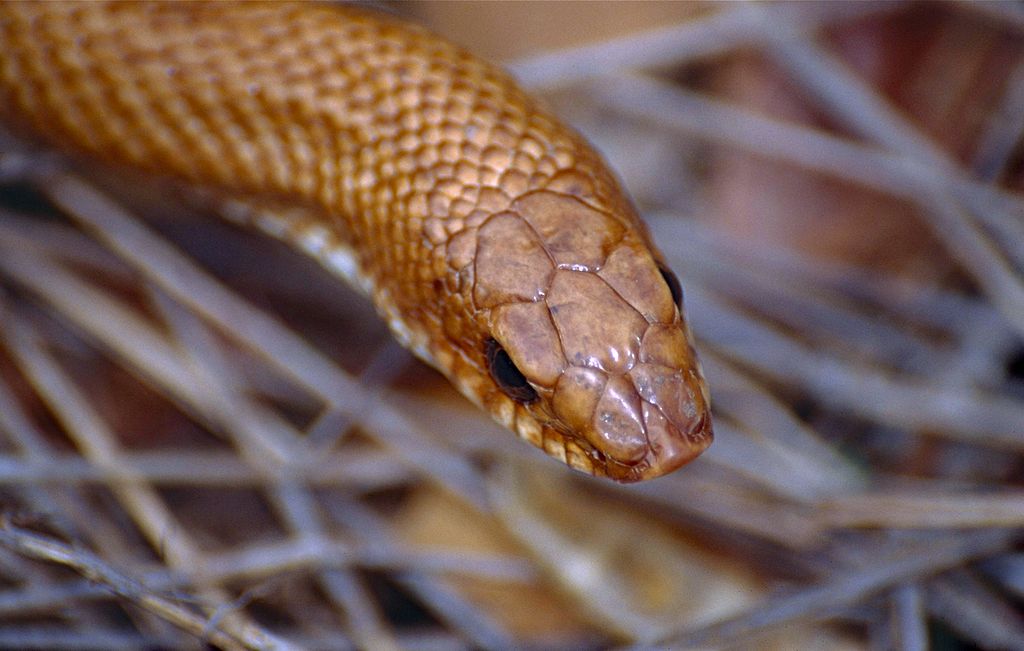
Snakes’ silent movement is complemented by their highly developed alternative sensory systems that reduce their need to move frequently or quickly. Many species possess exceptional infrared detection capabilities through specialized pit organs that can detect minute temperature differences, allowing them to locate warm-blooded prey without moving. Their sense of smell, facilitated by their forked tongue and Jacobson’s organ, provides detailed chemical information about their surroundings without requiring movement. Some species are sensitive to ground vibrations, detecting prey movement through their jawbones in contact with the substrate. These enhanced sensory capabilities allow snakes to gather critical information while remaining perfectly still, only initiating movement when prey is confirmed nearby. This sensory compensation reduces unnecessary movement and further enhances the snake’s ability to remain undetected until the perfect moment to strike.
Comparing Noisy vs. Silent Snake Species

While most snakes move silently, there are notable exceptions that illustrate the evolutionary trade-offs between silence and other defensive strategies. Rattlesnakes represent the most obvious example, having evolved a specialized sound-producing mechanism specifically to warn potential threats. This adaptation sacrifices stealth in certain contexts for the advantage of deterring larger predators that might harm the snake. Similarly, some species like hognose snakes may hiss loudly or mimic venomous species through sound when threatened. Desert-dwelling saw-scaled vipers create a distinctive rasping sound by rubbing their scales together as a warning signal. These examples highlight that while silent movement is generally advantageous, evolutionary pressures sometimes favor audible defensive mechanisms in specific ecological niches. The contrast between these noisy species and their silent counterparts demonstrates the diverse survival strategies within the snake world.
The Physics of Sound Absorption
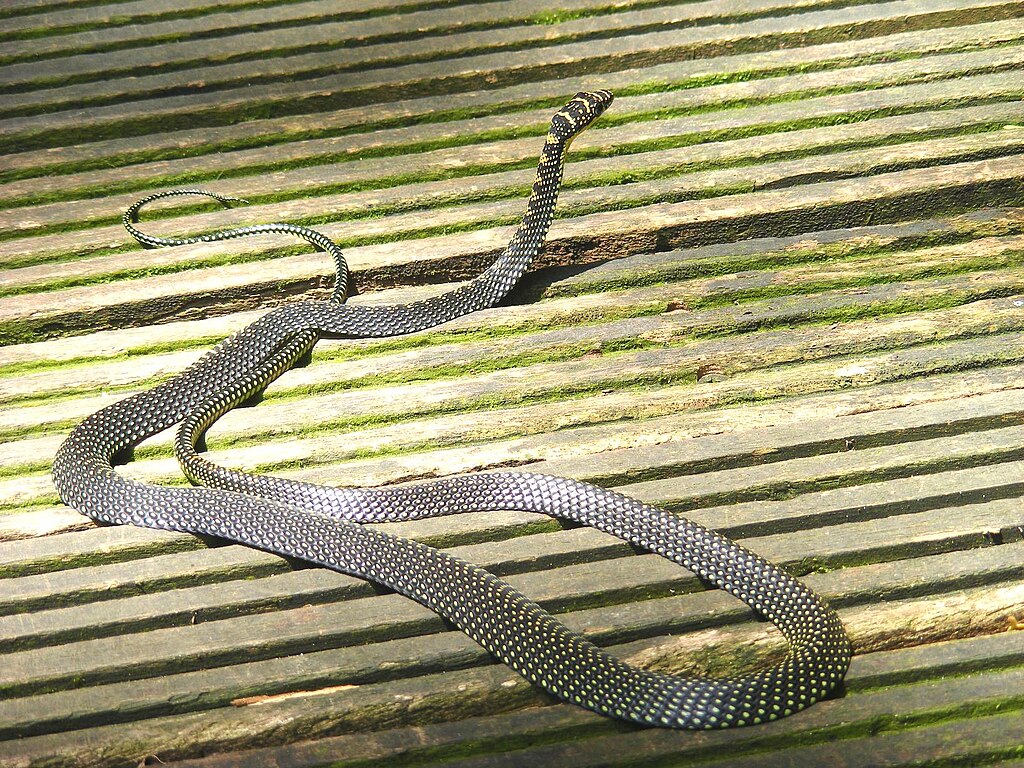
The physical properties of a snake’s body contribute to its silent movement through natural sound absorption capabilities. A snake’s body consists largely of soft tissues that effectively dampen vibrations that might otherwise create sound. Unlike animals with hard hooves or claws, snakes have few rigid structures that might strike surfaces and generate impact noises. Their flexible rib cage and vertebral column can deform slightly to conform to terrain irregularities, further reducing potential sound generation. Additionally, the scales covering a snake’s body create a complex surface that can dissipate sound energy rather than reflecting it. This combination of soft tissue composition and flexible structure means that even when a snake does create minor vibrations, these are often absorbed by the snake’s own body before they can propagate as audible sound waves, contributing to their remarkable stealth.
Silent Movement in Human Applications
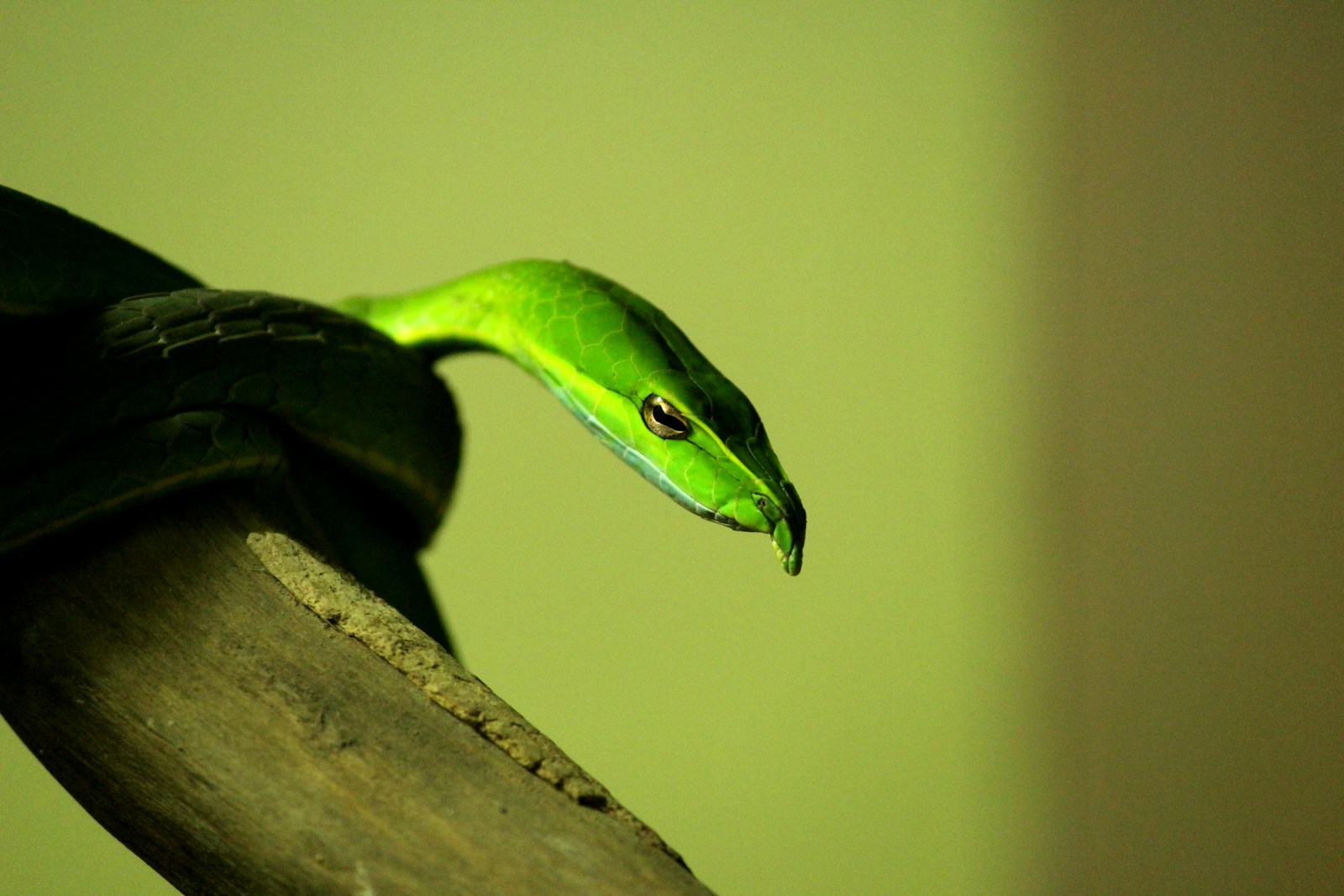
The silent locomotion of snakes has inspired various human applications in fields ranging from robotics to military technology. Engineers have developed snake-inspired robots that can navigate complex terrain with minimal noise, useful for search and rescue operations in unstable structures or for surveillance purposes. The military has studied snake movement patterns to inform stealth training and equipment design, seeking to replicate the reptiles’ ability to move without detection. In manufacturing, snake-inspired conveyor systems have been developed that move materials with less noise than traditional methods. Prosthetic limbs with snake-like properties are being researched to create more natural movement with reduced sound. These biomimetic applications demonstrate how the silent efficiency of snake locomotion continues to provide valuable insights for human innovation, particularly in contexts where quiet operation provides significant advantages.
Conservation Implications of Stealth Adaptation
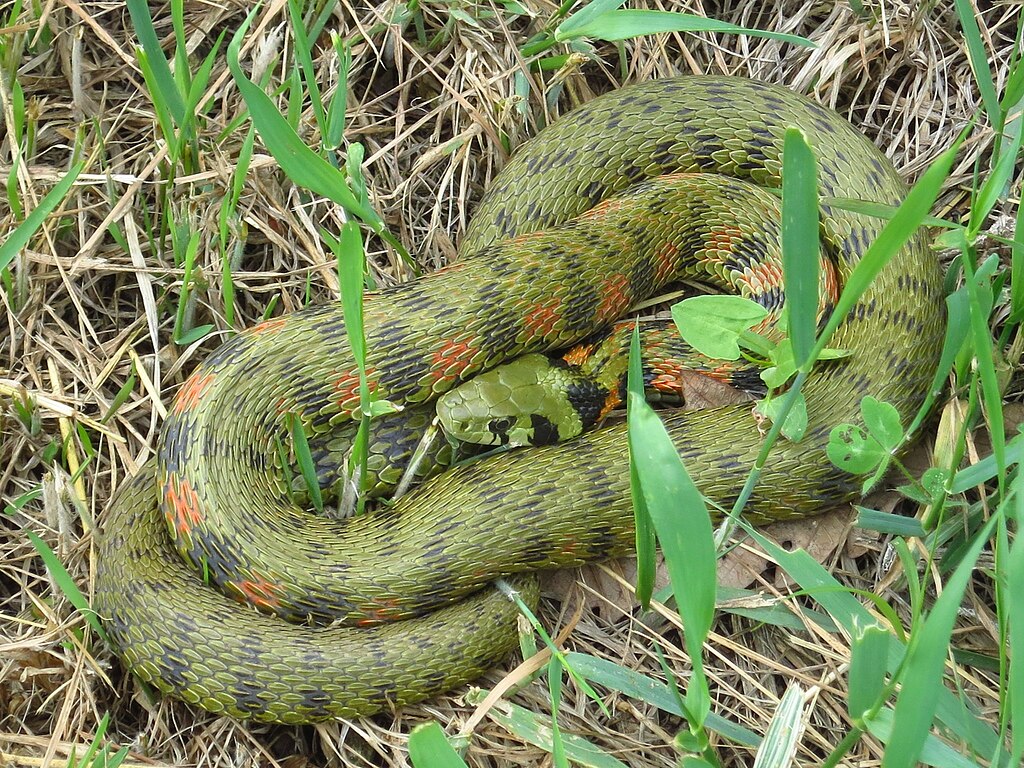
The silent movement adaptation of snakes has significant implications for their conservation and for ecosystem health monitoring. Because snakes can move without detection, traditional wildlife monitoring techniques often undercount snake populations, potentially missing early warning signs of ecosystem disturbance. Their stealth capabilities make population assessments challenging, requiring specialized detection methods such as environmental DNA sampling or thermal imaging rather than visual or auditory surveys. Human-caused noise pollution may also impact snakes’ hunting success, as prey animals in noisy environments might be less able to detect other sounds, potentially giving snakes an unnatural advantage. Conversely, in some habitats, human-caused vibrations through the ground might alert prey to danger even when snakes move silently. Understanding these complex interactions between snakes’ silent adaptations and changing environments is crucial for effective conservation strategies and for maintaining the delicate predator-prey balances in ecosystems worldwide.
The silent movement of snakes represents one of nature’s most elegant adaptations—a perfect synthesis of form and function that has evolved over millions of years. Through their legless locomotion, specialized scales, precise muscle control, and various other physiological adaptations, snakes have mastered the art of moving without sound, giving them a critical advantage as predators. This remarkable ability not only showcases the incredible diversity of evolutionary solutions to survival challenges but also continues to inspire human innovation across multiple fields. As we continue to study and understand the mechanisms behind snakes’ silent movement, we gain deeper insights into both the natural world and potential applications that might benefit human technology. The silent snake, often feared or misunderstood, stands as a testament to nature’s ingenuity and the sometimes invisible adaptations that can determine a species’ success.





